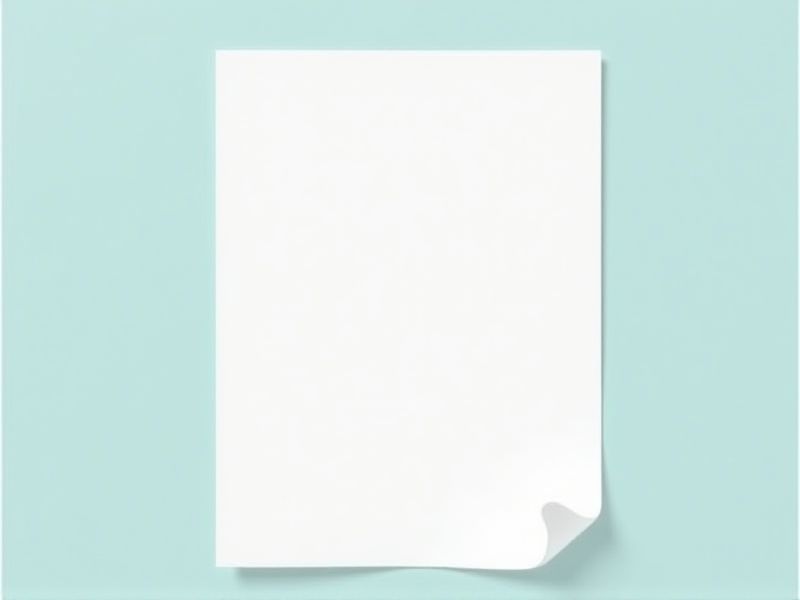
Writing a formal letter requires clear structure and polite language to effectively convey your message. Whether you are applying for a job, making a business inquiry, or addressing a formal complaint, adhering to the proper format is essential. A formal letter typically includes elements such as the sender's and recipient's addresses, date, salutation, body, closing, and signature. Understanding these components helps ensure your letter appears professional and is well-received. To assist you further, check out the various formal letter templates available in this article.
Samples of letter format formal sample
Professional Letter Format Examples
Formal Letter Structure Template
Business Letter Layout Styles
Official Communication Letter Samples
Standard Letter Format Guides
Employment Application Letter Format
Resignation Letter Format Examples
Cover Letter Format Tips
Inquiry Letter Format Samples
Complaint Letter Structure Examples
Reference Letter Format Templates
Thank You Letter Format Ideas
Formal Invitation Letter Format
Proposal Letter Format Samples
Formal Email Letter Format
Letter Of Recommendation Format
Academic Letter Format Examples
Notice Letter Format Tips
Permission Letter Format Samples
Donation Request Letter Format
Important Things to Know when Writing Letter Format Formal Sample
Proper Header And Date Placement
A proper header and date placement are crucial components of a formal letter format. The header typically includes your name, address, and contact information, followed by the date aligned to the right. Next, the recipient's name and address should be placed below your details, ensuring clarity and professionalism. Paying attention to this structure not only enhances the letter's appearance but also makes it easier for the recipient to identify its origin and purpose.
Formal Salutation And Recipient’S Title
In a formal letter format, starting with a proper salutation is crucial as it sets a respectful tone for your communication. Use the recipient's title, such as Mr., Mrs., Dr., or Professor, followed by their last name to demonstrate professionalism. For instance, if addressing a doctor, you would write "Dear Dr. Smith," ensuring you spell their name correctly and use appropriate punctuation. This attention to detail reinforces the formality of your message and helps establish a positive impression with the recipient.
Clear And Concise Subject Line
A clear and concise subject line is essential in a formal letter format, as it immediately informs the recipient about the purpose of your communication. By using straightforward language, you enhance the likelihood that your letter will be opened and read promptly. Aim to capture the essence of your message in just a few words, which not only saves time for you but also for the reader. Remember, a well-crafted subject line sets a professional tone and demonstrates respect for the recipient's attention.
Structured Body With Introduction, Details, And Conclusion
A formal letter typically features a structured body that includes an introduction, detailed content, and a conclusion. The introduction sets the tone and purpose, clearly stating the reason for the correspondence. Following the introduction, the details provide necessary information or arguments that support the letter's intent, ensuring clarity and relevance. Finally, the conclusion summarizes the main points and may include a call to action or a polite closing remark, reinforcing your message effectively.
Professional Closing And Signature
A professional closing is essential in formal letter writing as it conveys respect and reinforces the appropriate tone of the correspondence. Common options include "Sincerely," "Best regards," or "Yours faithfully," which should be followed by a comma. After the closing, leave a few lines for your signature, then type your name and, if applicable, your job title and company name below it. This format not only reflects your professionalism but also ensures clarity and proper acknowledgment of your identity in the communication.
